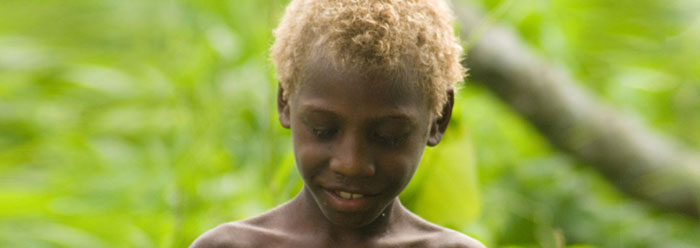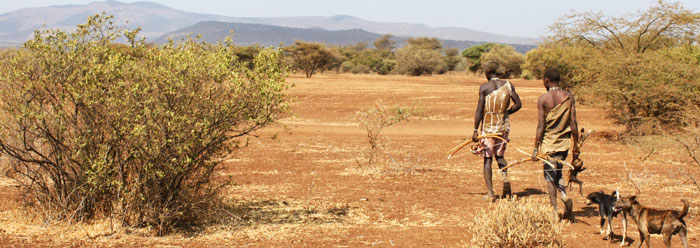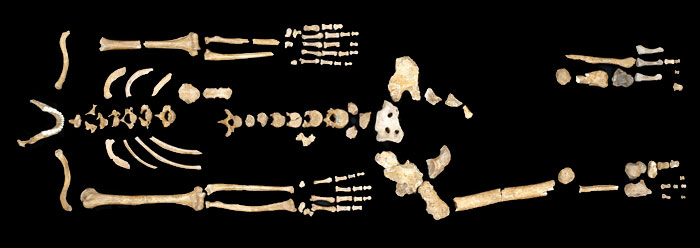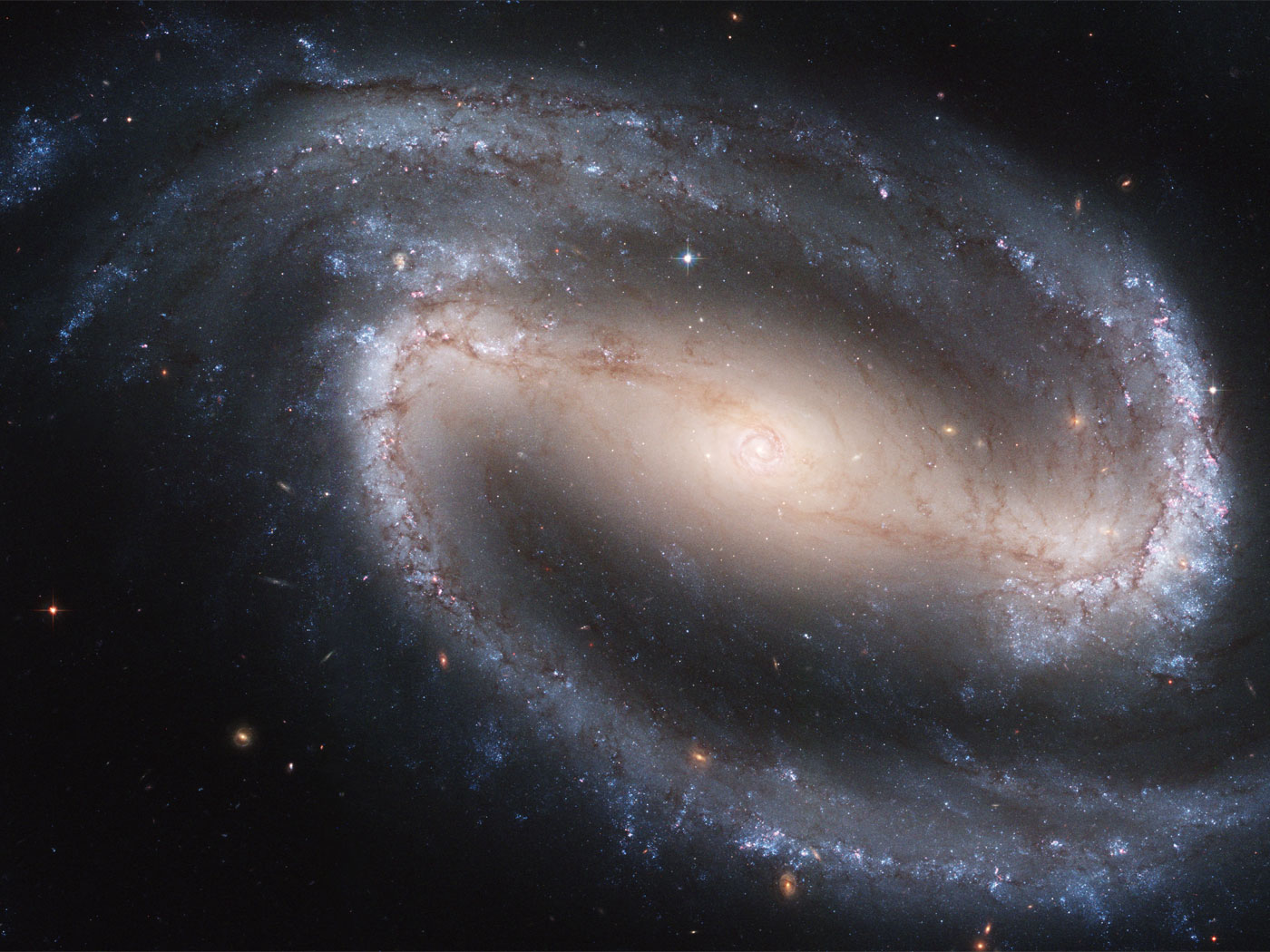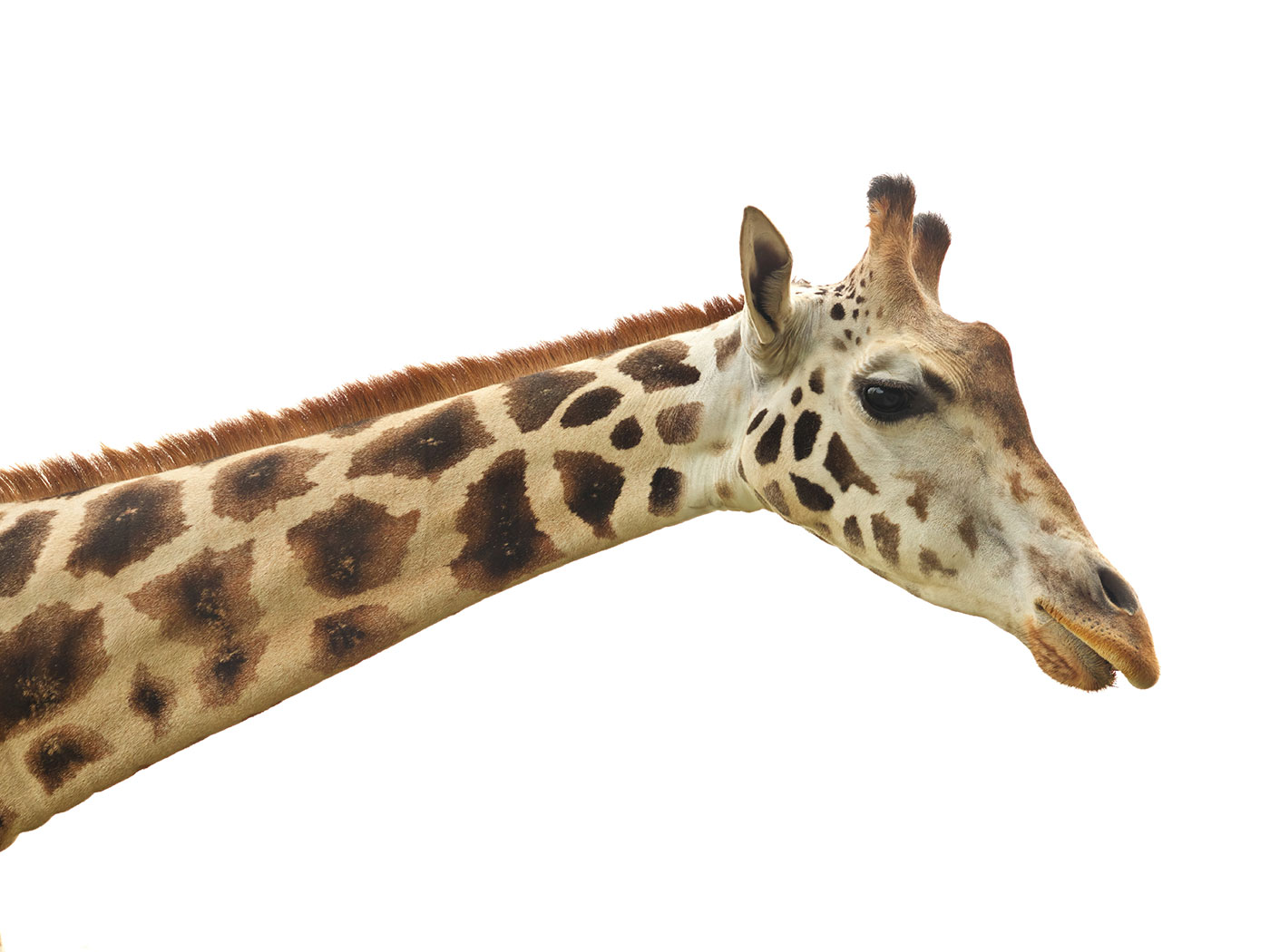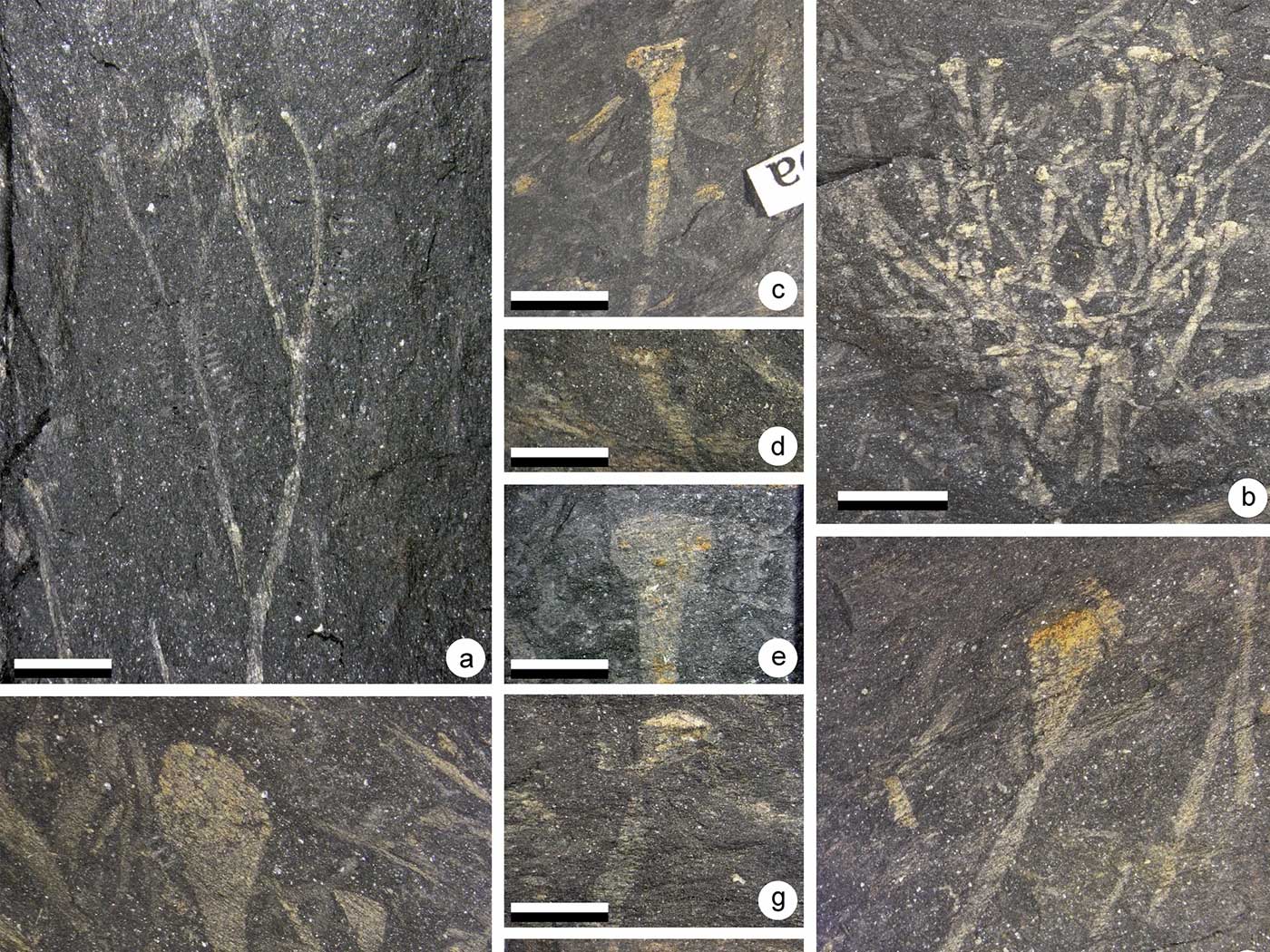Solomon Islanders have very dark skin. Most also have dark hair, but about one in ten of them have strikingly blond hair. How is this blond trait inherited, and do the people of the Solomon Islands inherit it the same way that other blond populations do?
If appearances change slowly and gradually like Darwin taught, then it seems unlikely that the human “races” originated at Babel as recently as the Bible indicates. And if traits are conferred to creatures by their environments performing natural selection, then why would a single environment select multiple traits in the same creature? A fascinating study recently discovered the genetic basis behind blond Solomon Islanders, and the results shed light on these issues.
The research, led by Stanford University’s Department of Genetics, zeroed in on the precise genetic differences between dark-haired and blond-haired Melanesians. They discovered that their blond hair is primarily caused by a single DNA base change that results in a single amino acid difference in an enzyme that helps build melanin—the darkly colored pigment molecule—in hair follicles.
Researchers described how the mutation likely destabilizes the enzyme, making it less efficient at its part in building melanin. The study further states that European blonds do not share that same mutation. Their blondness is conferred by an entirely different mutation.
How long does it take for dark-skinned individuals to develop blond hair? One dark-skinned British couple discovered as they marveled at their blond-haired baby that it can happen in one generation.1
In addition, it looks like natural selection had little or nothing to do with generating or retaining the blond hair trait in Solomon Islanders. The Science study authors wrote, “Furthermore, we found no evidence for recent gene flow from Europe nor a strong signature of recent positive selection.”2
Peculiarities among human traits happen quickly today, so it stands to reason that they happened quickly in the past. The observation that blond Melanesians differ from their dark-haired close relatives by only a single DNA base change must now be unnaturally and forcibly reconciled with the contradictory Darwinian doctrines; these evolutionary teachings claim that nature selected trait variations and that nature required eons to do it. Instead, science shows that trait variations like blond hair and even skin color occur in just a few generations. Plenty of time has passed since people were clustered at Babel—time for them to have expressed trait variations by design, not by nature.3
References
- Thomas, B. Blond Baby from Black Parents a Genetic Mystery. Creation Science Updates. Posted on icr.org July 28, 2012, accessed May 9, 2012.
- Kenny, E. E. et al. 2012. Melanesian Blond Hair Is Caused by an Amino Acid Change in TYRP1. Science. 336 (6081): 554.
- Even in the case where a random mutation caused a trait variation, as may have occurred in blond Solomon Islanders, the person’s designed genetic and cellular mechanisms interpret and express the trait variations so that the organism, not nature, deserves credit.
Image credit: Graham Crumb
* Mr. Thomas is Science Writer at the Institute for Creation Research.
Article posted on May 16, 2012.




